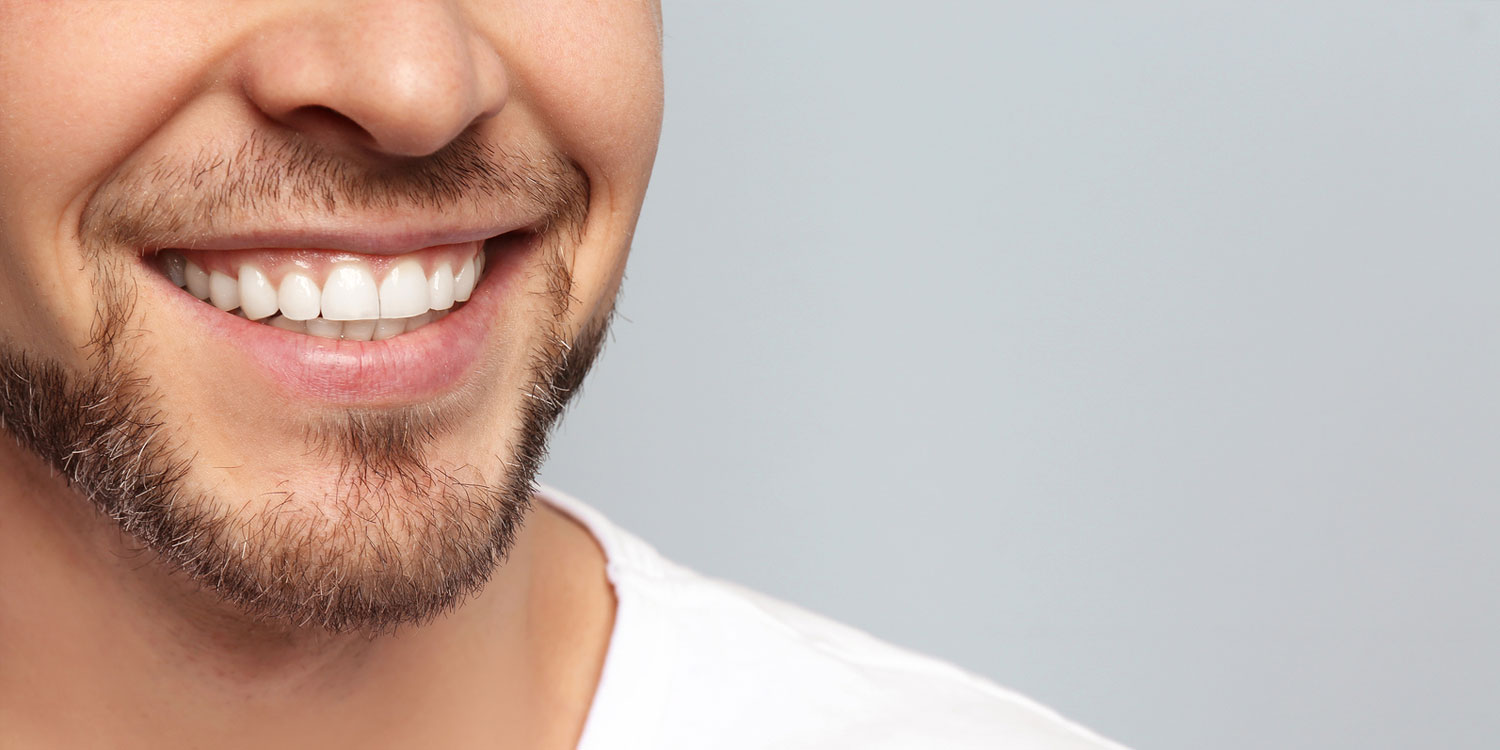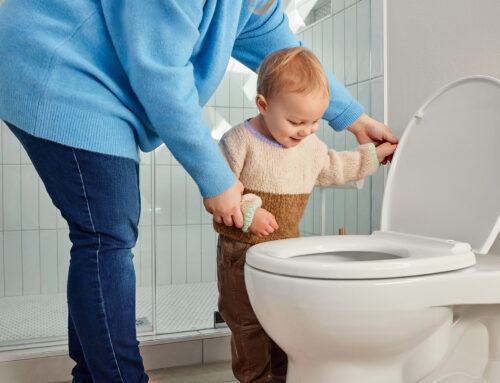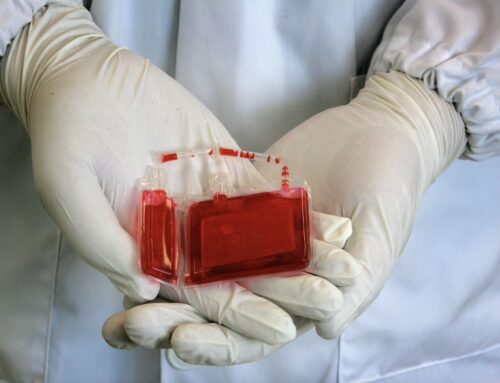Effective Tooth Brushing and Flossing
What is the most effective way of brushing your teeth?
Brushing your teeth effectively is important for maintaining good oral hygiene and preventing dental problems such as cavities and gum disease. Here are some tips for effective tooth brushing:
- Choose the Right Toothbrush: Use a soft-bristled toothbrush that fits comfortably in your mouth and allows you to reach all areas of your teeth.
- Use Fluoride Toothpaste: Fluoride helps strengthen tooth enamel and prevent tooth decay. Use a pea-sized amount of fluoride toothpaste on your brush.
- Brush Twice a Day: Brush your teeth at least twice a day, ideally in the morning and before bed.
- Brush Gently: Use gentle, circular motions to brush your teeth, rather than scrubbing back and forth, which can damage the gums and tooth enamel.
- Brush for Two Minutes: Brush your teeth for at least two minutes each time to ensure thorough cleaning.
- Pay Attention to Technique: Angle the brush at a 45-degree angle to the gums and brush in short, circular motions. Brush the outer surfaces, inner surfaces, and chewing surfaces of all teeth.
- Don’t Forget Your Tongue: Use the toothbrush or a tongue scraper to gently clean your tongue, as bacteria can accumulate there and contribute to bad breath.
- Rinse Your Mouth: After brushing, rinse your mouth with water or mouthwash to remove any remaining toothpaste and debris.
- Replace Your Toothbrush Regularly: Replace your toothbrush every three to four months, or sooner if the bristles are frayed.
- Visit Your Dentist Regularly: Regular dental check-ups and cleanings are essential for maintaining good oral health and catching any problems early.
By following these tips and maintaining a regular oral hygiene routine, you can help keep your teeth and gums healthy.
How should I floss my teeth?
Flossing is an important part of a good oral hygiene routine, as it helps remove plaque and food particles from between the teeth and along the gumline. Here’s how to floss your teeth effectively:
- Choose the Right Floss: Use dental floss that is comfortable for you to use. There are different types of floss available, such as waxed, unwaxed, tape, or floss picks. Choose one that works best for your teeth and gums.
- Use Enough Floss: Break off about 18 inches of floss and wind most of it around one of your middle fingers. Wind the remaining floss around the same finger of the opposite hand, leaving a small section (about 1-2 inches) between your fingers to work with.
- Hold the Floss: Hold the floss tightly between your thumbs and forefingers, and gently insert it between your teeth using a back-and-forth motion.
- Curve Around the Tooth: Curve the floss into a “C” shape around the base of each tooth, making sure to go below the gumline. Gently slide the floss up and down against the side of each tooth to remove plaque and debris.
- Use a Clean Section of Floss: As you move from tooth to tooth, use a clean section of floss. Wind the used floss onto one finger and unwind a fresh section to continue flossing.
- Be Gentle: Avoid snapping the floss into your gums, as this can cause damage. Use a gentle sawing motion to slide the floss between teeth.
- Don’t Forget the Back Teeth: Be sure to floss behind your back teeth as well, using a gentle up-and-down motion.
- Rinse Your Mouth: After flossing, rinse your mouth with water or mouthwash to remove any loosened plaque and debris.
- Floss Daily: Flossing once a day, preferably before brushing your teeth, is recommended to maintain optimal oral health.
By flossing correctly and regularly, you can help prevent cavities, gum disease, and other oral health problems. If you’re unsure about the proper flossing technique, ask your dentist or dental hygienist to demonstrate during your next visit.




